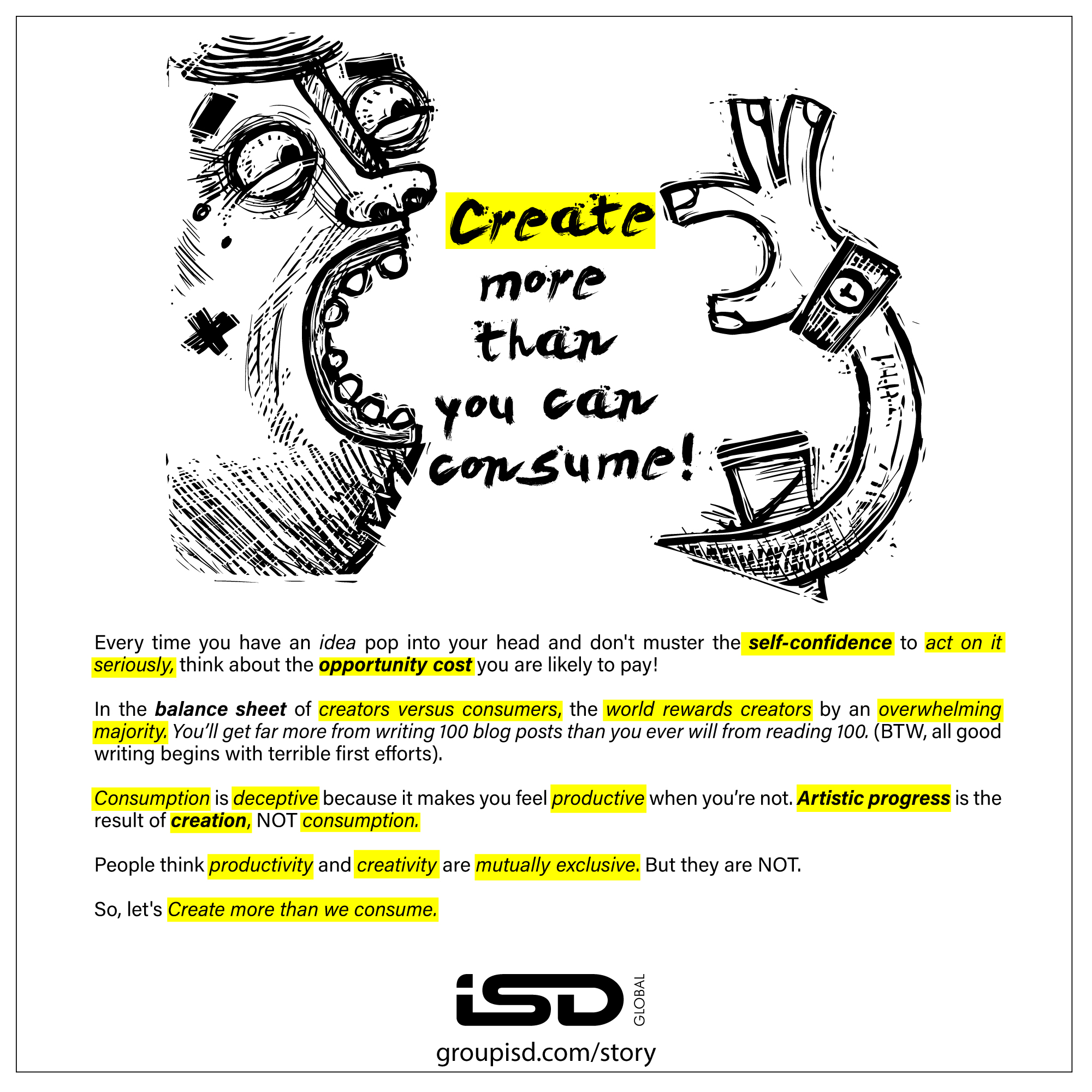Do pardon me. For disintermediating the age old adage ” Putting all your eggs in one basket “. The X is just a chance I took with phonetic liberty.
If you put all your eggs in one basket, any fall will be a messy one. Any time you put all your eggs in one basket, you’re just one stumble away from catastrophe.
There are so many creators out there. And it’s a prosumer world, an increasing tribe of people who do both, i.e. consume and create content, art etc. And now what has become de rigueur, social media appears to have become the be all and end all of any content articulation, community engagement and community impacting.
The number of platforms available is also tempting. The recent launch of Threads (Meta’s version of Twitter, now X) saw almost 100 Million sign ups within a matter of days. The new kid on the block was the hottest thing in the social media world. Even within its threadbare duration of existence.
Meanwhile, other social-media platforms are losing steam. Twitter users(and advertisers) have been leaving the platform in droves. Average engagement on Instagram has plummeted. Overall viewership on TikTok is down, and the company faces the possibility of an outright ban in the United States. Facebook is being referred to in the past tense already.
Change is the only constant. A lot of these social media shiny objects are losing steam. Sustainability is hard to come by beyond the thrill of the chase and the incidental afterglow. Remember MySpace, AOL Messenger, Netscape etc- from red hot, warm, lukewarm, cold, beyond back burner, to dead and buried. All of them were huge, until they weren’t. Here today, gone tomorrow.
That said, a lot of brands still continue to lean into these platforms in the hope that they will deliver their manna from heaven and get them their place in the sun with their audiences. Lulled and lured by the convenience and promise of ‘ quick gains ‘. That’s meaningless ‘ sole searching ‘ – putting all your eggs solely in the social media basket.
As you decide to fire from a social platform’s shoulder, because it has audiences at all times of the day or night, that freebie comes to you with a Faustian bargain. Which is you giving up control totally to the intermediary, the platform. This intermediary dictates who sees your posts and how often, and it can unilaterally change policies, tweak algorithms, and generally do whatever it wants—even if it puts an end to your business or influence.
Vanilla metrics don’t work. And engagements on social media are predominantly superficial. A small statistic as a wake up call: Of the 95 million photos and videos posted every day on Instagram and the 500 million tweets shared every day, how many linger beyond a fraction of a second?
We look, like, and promptly forget. And yet, we keep chasing these fleeting ideas that have the shortest of lives. Gone before they are born.
The way to go is to be a master of your space– create your own blog, your own newsletter, your own email list, your own website etc. The Great Resignation is happening from social media platforms. But nobody is giving up on email. Well written emails with the right subject lines can fetch you upwards of 50% open rates and a significant click through rate(CTR). Never will you get this kind of an engagement on any social media platform. Yes, the web and email seem unexciting. But time to put your money where your mouth is.
If the idea you have in mind is to make things last, run away from the latest fad. Seek things that age well. Ozan Varol calls it ” the George Clooney Effect* “.
The Gorge Clooney Effect is a term used to describe the phenomenon of people looking better as they age. It was named after actor George Clooney, who has often been described as looking more attractive as he ages.
How about aging as an asset rather than a liability?


